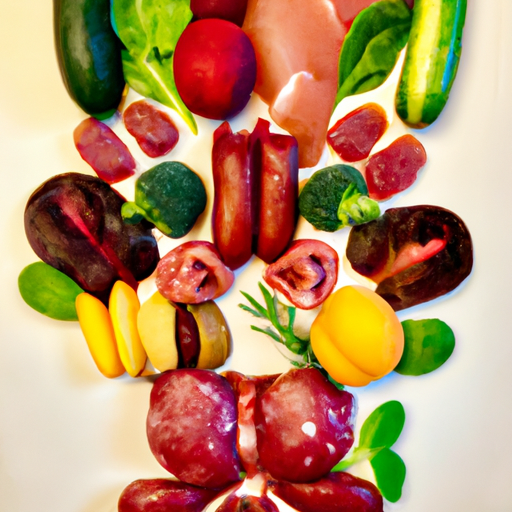1. Understanding the Importance of Raw Food Diet for Dogs
You have always been a compassionate caregiver to your beloved canine companion. You understand that dogs are not just pets, but family. And like any family member, their health and well-being are of utmost importance to you. And one of the most significant ways you can ensure their health is through their diet.
The raw food diet for dogs, also known as Biologically Appropriate Raw Food (BARF), has gained significant popularity in recent years. It emphasizes foods that dogs would naturally eat in the wild, such as meat, bones, and vegetables. This diet is believed to be more digestible, nutritionally beneficial, and overall healthier for dogs than commercial kibbles.
2. Ingredients to Include in a Raw Food Diet
When preparing a raw food diet for your dog, balance is key. Here’s a basic structure to follow:
-
70% Muscle Meat: This includes chicken, beef, lamb, turkey, and fish.
-
10% Organs: Liver and other organs are packed with nutrients.
-
10% Bones: Raw, uncooked bones are safe and beneficial for dogs.
-
10% Fruits and Vegetables: These provide essential vitamins and fiber.
| Ingredient | Percentage |
|---|---|
| Muscle Meat | 70% |
| Organs | 10% |
| Bones | 10% |
| Fruits and Vegetables | 10% |
3. Preparing the Raw Food
Making raw food for your dog can be as simple or as elaborate as you wish it to be. Always ensure the ingredients are fresh and safe for dog consumption.
- Start by cutting the muscle meat into chunks suitable for your dog’s size.
- Add organ meat and raw, uncooked bones.
- Blend fruits and vegetables into a puree for easier digestion.
- Mix all the ingredients together in a large bowl.
- Portion the mixture into serving sizes based on your dog’s weight and activity level.
- Store these portions in the fridge or freezer until feeding time.
Remember, variety is important. Rotate between different types of meats and vegetables to provide a wide range of nutrients.
4. Transitioning Your Dog to a Raw Food Diet
Transitioning your dog to a raw food diet should be done gradually to avoid digestive upset. Start by replacing a small portion of their current food with the raw food. Gradually increase the amount of raw food over a period of one to two weeks until your dog is fully transitioned.
5. Common Concerns and Misconceptions about Raw Food Diet
There are many misconceptions about the raw food diet for dogs, but as a caregiver, you need to separate the facts from the fiction. Here are some common concerns:
- Safety: Raw food is safe for dogs as long as it’s handled and prepared correctly.
- Nutritional Balance: A well-planned raw diet can provide all the necessary nutrients for your dog.
- Expense: While it can be pricier than kibble, the potential health benefits can save on vet bills in the long run.
Frequently Asked Questions (FAQ)
Q: Can all dogs eat a raw food diet?
A: Most dogs can benefit from a raw food diet. However, puppies, senior dogs, or those with certain medical conditions may require special considerations.
Q: Can I feed my dog raw food and kibble together?
A: It’s not usually recommended as they require different digestion times and pH levels.
Q: How much raw food should I feed my dog?
A: Generally, dogs should eat 2-3% of their body weight per day, but this can vary based on age, weight, and activity level.
Q: What if my dog doesn’t like the raw food?
A: Transition slowly and try different combinations of ingredients. Some dogs may take time to adjust to the new textures and flavors.
Remember, your dog’s health is paramount. Always consult with your vet before making any significant changes to your dog’s diet.



